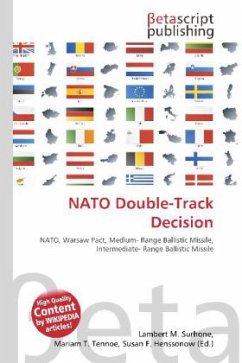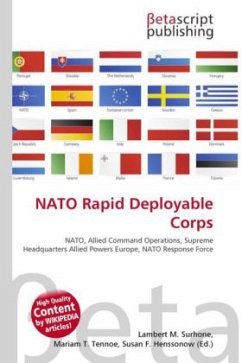Please note that the content of this book primarily consists of articles available from Wikipedia or other free sources online. The détente between the United States and the Soviet Union culminated in the signing of the SALT I (1972) and SALT II (1979) agreements which mostly reduced nuclear capacities, supposedly to prevent an ongoing arms race in this area. The SALT agreements were not intended to be considered a form of mutual arms control, but merely referred to strategic carrier systems and their warheads, which did not include any tactical nuclear weapons, e.g. nuclear bombs delivered by bombers or midrange missiles (MRBMs & IRBMs). This was a loophole in the SALT agreements which existed because midrange missiles were only in use until the intercontinental ballistic missile was perfected. This loophole was exploited by the Soviet Union to develop and deploy a new modern midrange missile equipped with multiple nuclear warheads, the SS-20. In December 1979, Soviet forces invaded Afghanistan. The relationship between the Eastern bloc and the Western bloc reached a new low in the Cold War.








